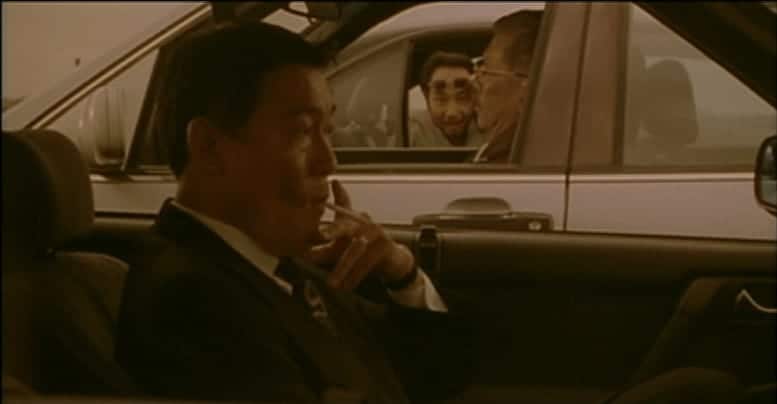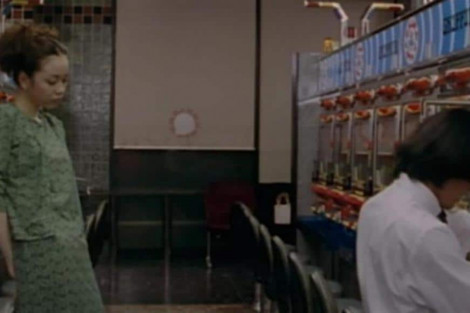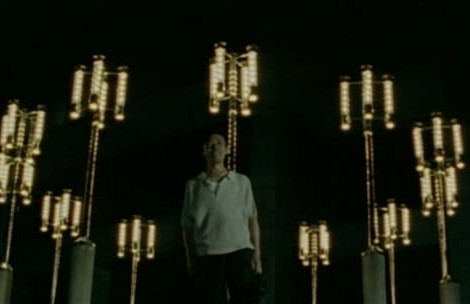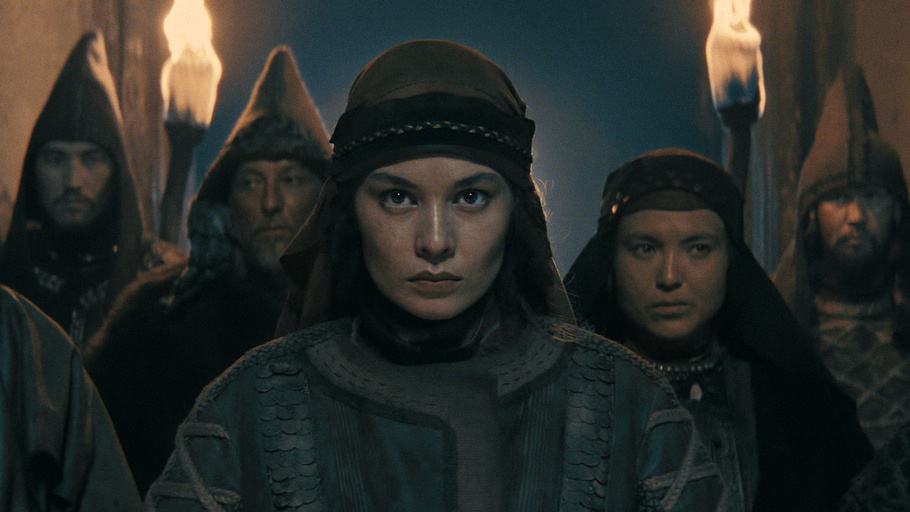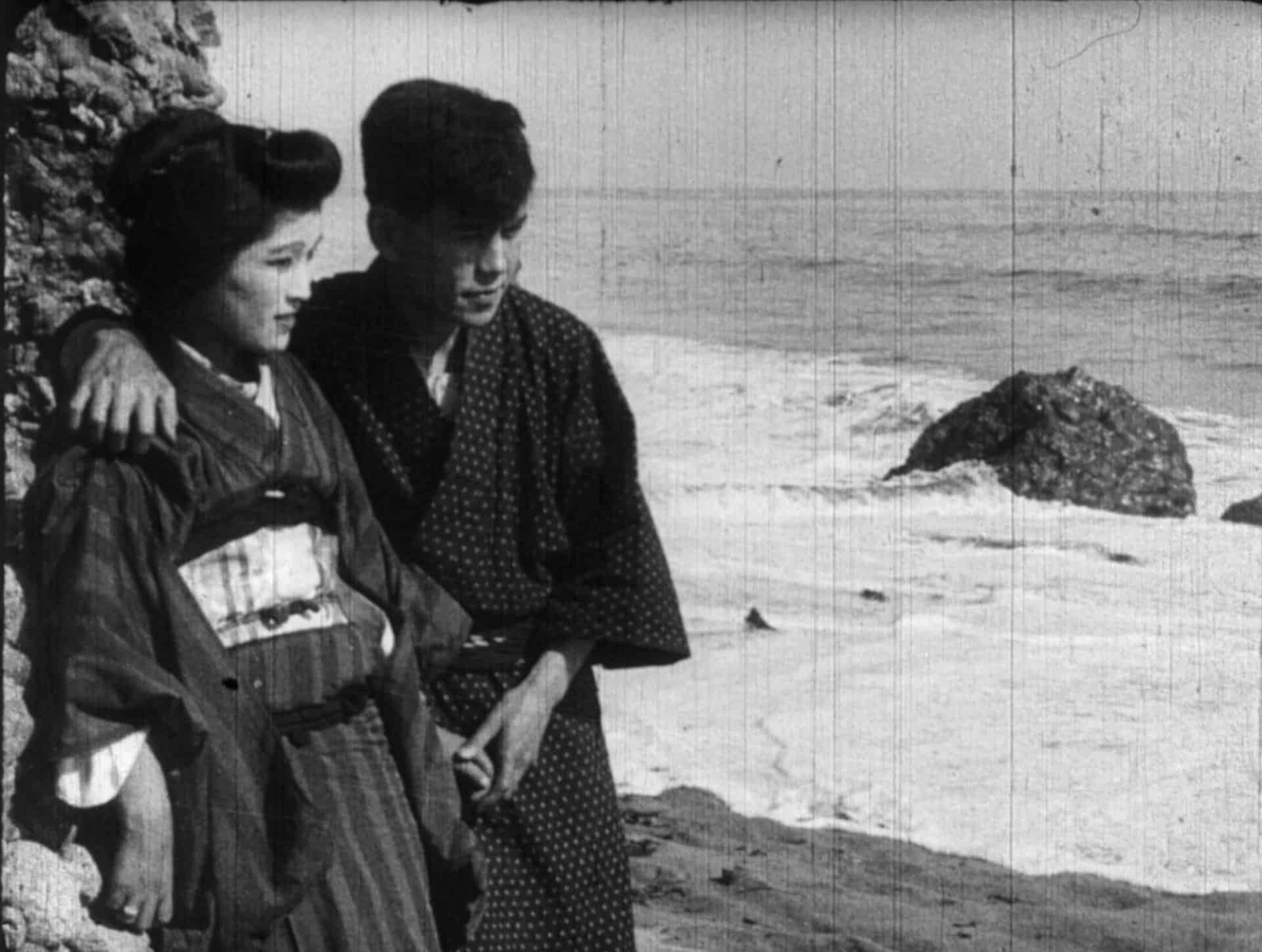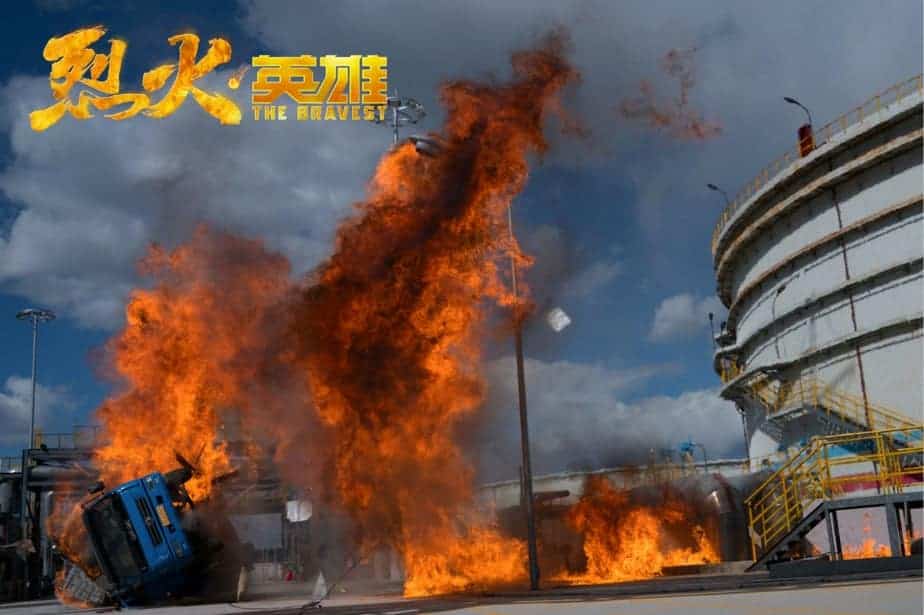In the mid-90s, a new filmmaker from Japan would be announced to the world after his experimental films with unique style, although it would not be years after that the director would give his best with his personal masterpiece “Eureka” in 2000 , perhaps his best known film to date in all his filmography. “Wild Life” belongs to the beginning of the director Shinji Aoyama, where he shows us a bizarre story of ex-boxers, yakuzas and Pachinko workers.
Wild Life is screening at doc films
“Wild Life” is about a lonely and apparently quiet person called Hiroki (Kosuke Toyohara). Hiroki is a worker who makes a living working in a pachinko parlor, although years ago he was devoted to professional boxing. His boss, Tsumura (Mickey Curtis), is the owner of that pachinko room, and everything at first looks normal, until the two of them are involved in a yakuza conflict of which they do not understand anything at first. An old acquaintance of Hiroki and Tsumura named Mizuguchi seems to be the key to the whole conflict, and Hiroki happened to see him hours before being involved in all this mess.
“Wild Life” is a bizarre mix of genres and styles that sometimes works, and although at the end it becomes a bit conventional, it is enjoyed in its entirety as a crazy adventure of the hidden underworld of Tokyo. The film mixes comedy, drama and yakuza cinema as if it were a parody of the yakuza cinema genre. We see the main character Hiroki unfold in all the mystery of the main plot, and although at first we have no idea about what the main plot is about (like the character itself), we are always intrigued to see in what new situation he is going to get himself into. The film feels like an experiment, as if Godard would like to make his own Scorsese's “After Hours”: one very long day (or several) that you do not know how it will end.
Shinji Aoyama has always been characterized by his intimate personal style, with the occasional eccentric character found in his films. In “Wild Life”, we see the characters on a trip both having fun and exhausting, something that is especially noticeable in the performances. Mickey Curtis is one of the exponents of the film, and although he does not appear much at a main protagonist level, it is very nice to see him on screen. The same can be said of the great Jun Kunimura, doing as always a memorable character thanks to his performance. The main character Kosuke Toyohara defends well his lead role with good results.
Technically, the film is more than acceptable, being within what fits modest and simple, but its greatest virtue is the ingenuity with which it is told and the elegant and ingenious camera work by Takahide Shibanushi. The assembly, based on flashback is also ingenious and interesting, with signs that represent the thoughts of the characters and a colorful color palette.
In the end, “Wild Life” is nothing more than an entertaining and fun mix of genres that although at times it comes at a little slow pacing, it is enjoyed in its entirety and also sample of the talent Aoyama would show in its entirety during the latest years.


